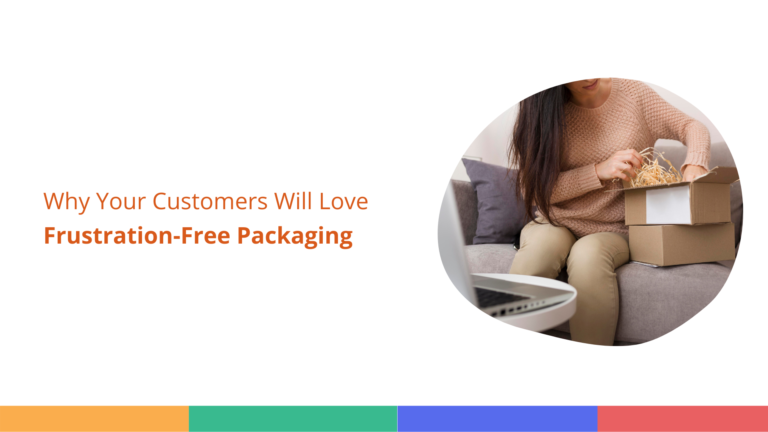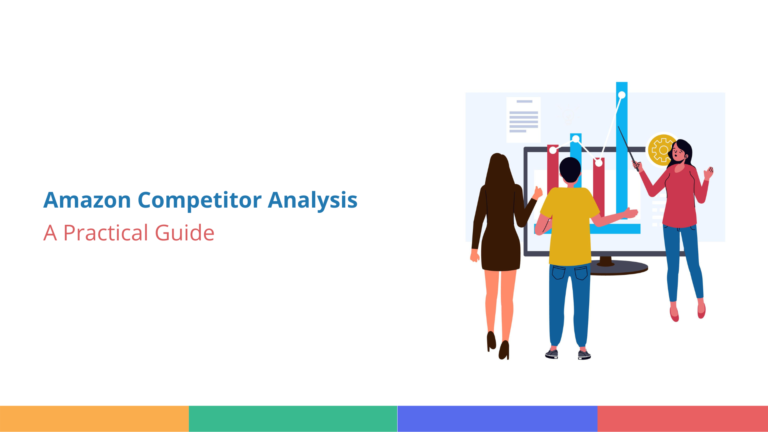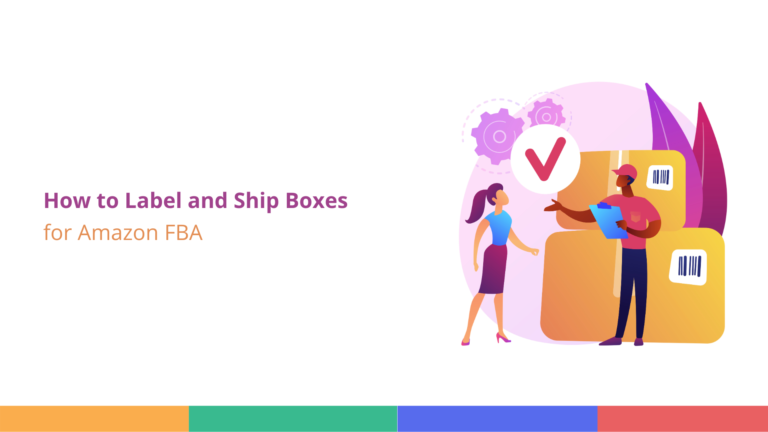As an Amazon seller, leveraging the Fulfillment by Amazon (FBA) program can be a game-changer, providing access to Amazon’s vast customer base and seamless logistics operations. However, the convenience of FBA comes with a price tag – Amazon’s FBA fees. These fees can quickly accumulate and eat into your profit margins, making it crucial to implement cost-optimization strategies. In this comprehensive guide, we’ll explore practical techniques to help you reduce your Amazon FBA fees and boost your bottom line.
Optimizing Product Dimensions and Weight
One of the primary factors determining your FBA fees is the size and weight of your products. Amazon calculates fulfillment fees based on the product’s dimensional weight or actual weight, whichever is greater. By optimizing your product dimensions and weight, you can potentially move into a lower-size tier and save significantly on fulfillment fees. Here are some actionable tips to follow:
- Evaluate your product packaging and identify opportunities for downsizing or using lighter materials.
- Consider streamlining your packaging to eliminate unnecessary bulk or excess void fill.
- Consider using multi-depth boxes to pack your products efficiently and reduce empty spaces, maximizing shipment density and lowering transportation costs.
- Explore alternative packaging solutions that maintain product integrity while reducing overall dimensions and weight.
Implementing Inventory Management Best Practices
Effective inventory management is key to minimizing Amazon’s storage fees. Amazon charges both long-term and monthly storage fees, which can quickly accumulate if you need to be more careful. To reduce these costs, it’s essential to maintain optimal inventory levels and implement rotation strategies.
- Regularly monitor your sales velocity and adjust your inventory levels accordingly.
- Avoid overstocking products with low demand, as this can lead to unnecessary storage fees.
- Instead, focus on maintaining a lean inventory that aligns with your sales projections.
- Consider implementing inventory rotation practices, such as the First-In-First-Out (FIFO) method. This approach ensures that your older inventory gets sold first, reducing the likelihood of incurring long-term storage fees.
Leveraging Amazon’s Small and Light Program
If you sell small, lightweight products, you may be eligible for Amazon’s Small and Light program. This program offers discounted fulfillment fees for items that meet specific size and weight requirements. To qualify, your products must weigh less than 10 ounces and have dimensions no larger than 16 x 9 x 4 inches.
Participating in the Small and Light program can result in significant savings on fulfillment fees, making it an attractive option for sellers with eligible products. However, it’s important to carefully review the program’s requirements and ensure that your products consistently meet the criteria.
Strategically Timing Your Inventory Shipments
Amazon’s storage fees are calculated based on the amount of inventory you have in their fulfillment centers and the length of time it’s been stored. By strategically timing your inventory shipments, you can minimize the time your products spend in Amazon’s warehouses, thereby reducing your storage fees.
- Plan your inventory shipments to align with peak demand periods, ensuring that your products arrive just in time to meet customer demand.
- Use historical data, market insights, and demand patterns to anticipate future requirements and align material movement accordingly.
- Implement integrated software systems or collaborative platforms to enhance visibility into inventory levels, order statuses, and production schedules across your supply chain.
This approach not only reduces storage fees but also improves cash flow by minimizing the time your capital is tied up in unsold inventory.
Utilizing Amazon’s Sponsored Products Advertising
While advertising costs may seem like an unavoidable expense, leveraging Amazon’s Sponsored Products advertising can actually help reduce your overall FBA fees. By increasing the visibility and sales of your products, you can improve your inventory turnover and minimize storage fees.
Sponsored Products ads appear prominently on Amazon’s product detail pages and search results, making it easier for customers to discover your products. By investing in targeted advertising campaigns, you can drive more sales, move inventory faster, and ultimately reduce the storage fees you pay to Amazon.
Negotiating Better Referral Fees
Amazon charges referral fees on each sale, which are calculated as a percentage of the product’s selling price. While these fees are generally non-negotiable for most sellers, there may be opportunities to secure better rates if you operate in certain product categories or meet specific sales thresholds.
If you’re a high-volume seller or operate in a specialized product category, consider reaching out to Amazon’s seller support team to inquire about potential referral fee discounts or negotiated rates. Presenting a strong sales track record and demonstrating your value as a seller can sometimes result in more favorable referral fee terms.
Exploring Alternative Fulfillment Options
While FBA offers unparalleled convenience and access to Amazon’s customer base, it’s not the only fulfillment option available. Exploring alternative fulfillment methods may be more cost-effective for sellers with specific product types or sales patterns.
- Consider implementing a hybrid fulfillment strategy, where you utilize FBA for fast-moving products and handle fulfillment in-house or through third-party logistics providers for slower-moving items. This approach can help you minimize FBA fees while maintaining a streamlined customer experience.
- Furthermore, for oversized or high-weight products, it may be more economical to handle fulfillment independently, as Amazon’s FBA fees for these items can be substantial.
Regularly Auditing Your Amazon FBA Fees
Staying on top of your FBA fees is crucial for identifying areas for improvement and implementing cost-optimization strategies. Regularly auditing your fees can help you identify patterns, spot discrepancies, and make informed decisions about your product offerings and fulfillment processes.
Set up a system to track and analyze your FBA fees across different product categories, sales channels, and fulfillment methods. This data-driven approach will enable you to pinpoint areas where fees are higher than expected and take corrective actions, such as adjusting pricing, modifying product dimensions, or exploring alternative fulfillment options.
Conclusion
Reducing Amazon FBA fees is an ongoing process that requires diligence, strategic planning, and a willingness to adapt to changing circumstances.
By implementing the strategies outlined in this guide, you can gain greater control over your costs, maximize your profit margins, and stay ahead of the competition in Amazon’s vast marketplace. Remember, every dollar saved on fees translates directly into increased profitability and a stronger foundation for your business’s long-term success.




